In the quiet corners of wildlife rehabilitation centers, beyond the visible wounds and physical mending, a silent and profoundly complex battle is often being waged. The psychological trauma experienced by injured or orphaned wild animals is a dimension of care that has, until relatively recently, lingered in the shadows of veterinary science. The recognition that a healed body does not necessarily equate to a prepared animal is revolutionizing the field, giving rise to sophisticated practices in animal psychology and behavioral therapy aimed at ensuring true rehabilitation.
The initial encounter with a traumatized animal is a critical juncture. Rescuers and veterinarians are trained to look beyond the broken wing or the lacerated limb. An animal's psyche can be shattered by the event that caused its injury—a collision with a vehicle, an attack by a predator or domestic animal, or the terrifying experience of being trapped or orphaned. This trauma manifests not as a memory in the human sense, but as a primal, enduring state of hyper-vigilance, fear, and stress. An animal might freeze, become excessively aggressive, or retreat into a catatonic state, a clear sign that its will to survive has been deeply compromised. Understanding these behaviors as symptoms of psychological injury is the first, crucial step toward holistic healing.
The foundation of any psychological intervention is the immediate reduction of stress. Rehabilitation centers are designed with this in mind. Enclosures are situated away from high-human traffic areas, visual barriers are employed to prevent animals from seeing potential threats (including their caregivers), and nesting boxes or dense foliage provide essential hiding spots. This controlled environment allows the animal to feel secure, creating a safe baseline from which recovery can begin. The simple act of providing choice—a place to hide, a quiet corner—can be incredibly empowering for a creature that has had all control stripped away.
For many animals, especially highly intelligent and social species like raccoons, coyotes, and birds of prey, the therapeutic process involves a carefully managed form of socialization. Orphans, who would naturally learn survival skills from their parents, are often paired with suitable surrogates or conspecifics. This is not merely for company; it is a vital educational process. Through observation and interaction, they learn appropriate behaviors, foraging techniques, and vocalizations. This social learning rebuilds confidence and equips them with the necessary skills for life in the wild, mitigating the anxiety that comes with ignorance and isolation.
Perhaps the most innovative area of wildlife psychological therapy is the use of environmental enrichment. This is a dynamic process that involves introducing novel, challenging, and species-specific stimuli into an animal's enclosure. The goal is to stimulate natural behaviors and provide cognitive engagement, effectively rebuilding the neural pathways associated with hunting, foraging, and problem-solving. For a fox, this might be a puzzle feeder that requires manipulation to release food. For an otter, a pool with live fish encourages natural hunting instincts. For a bird of prey, a perch that moves unpredictably in the wind helps rebuild balance and coordination. This is not play; it is essential occupational therapy, rebuilding the muscle of instinct and countering the lethargy of depression.
In cases of severe trauma, particularly with animals that have suffered long-term captivity or abuse, more direct interventions are sometimes necessary. Caregivers might employ techniques like systematic desensitization, gradually and positively exposing an animal to a feared stimulus (like the sound of a human voice or the sight of a net) from a great distance, slowly decreasing the distance over time as the animal remains calm. Counter-conditioning pairs the feared stimulus with a powerful positive reward, like a preferred food item. Over time, the animal's emotional response shifts from fear to anticipation. This meticulous work requires immense patience and a deep understanding of ethology, often taking weeks or months to achieve meaningful progress.
The ultimate measure of success in psychological rehabilitation is an animal's demonstrated readiness to return to its natural world. Pre-release conditioning is the final and most critical phase of therapy. Animals are moved to large, naturalistic enclosures where they can fly, run, climb, and hunt with minimal human contact. Their behaviors are closely monitored. Are they foraging effectively? Are they appropriately wary of potential threats? Do they exhibit robust, species-specific behaviors? This stage tests the efficacy of all previous psychological interventions. A physically sound animal that remains psychologically timid or incompetent is not a candidate for release; it would face a swift and cruel end. The goal is not just to create survivors, but to craft capable, confident wild citizens.
The ethical considerations in this field are weighty and constant. The line between necessary care and excessive humanization is thin and must be vigilantly guarded. The goal is always to support the animal's wild nature, not to overwrite it with comfort or dependency. Every interaction, every enrichment item, every therapeutic strategy is meticulously designed to fade into the background, leaving the animal's innate instincts strengthened and its connection to humanity severed. The greatest success for a wildlife rehabilitator is an animal that never looks back.
As the science of wildlife rehabilitation evolves, the integration of psychological care is becoming standard practice among leading centers. It represents a more profound respect for the creatures we seek to aid—an acknowledgment that they are not merely biological machines to be fixed, but sentient beings with complex inner lives, capable of fear, depression, and, ultimately, recovery. Healing the mind is now understood to be just as critical as mending the bone, for it is the spirit, fortified and wild, that truly earns a second chance at freedom.

By /Aug 21, 2025
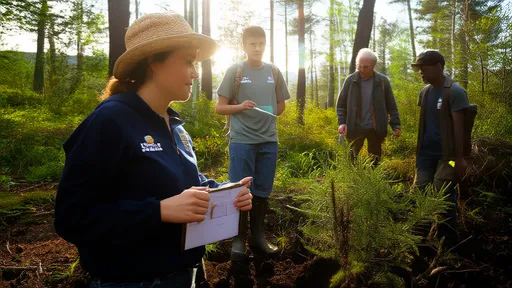
By /Aug 21, 2025

By /Aug 21, 2025
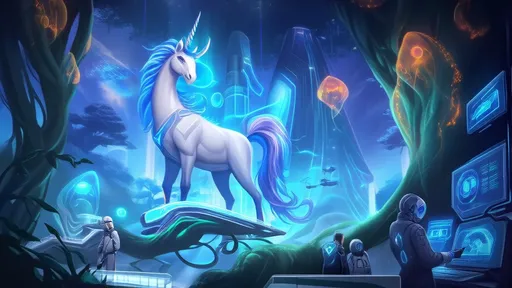
By /Aug 21, 2025

By /Aug 21, 2025
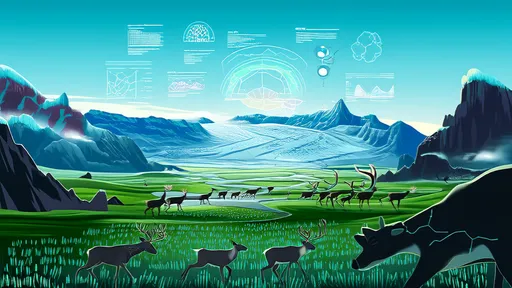
By /Aug 21, 2025
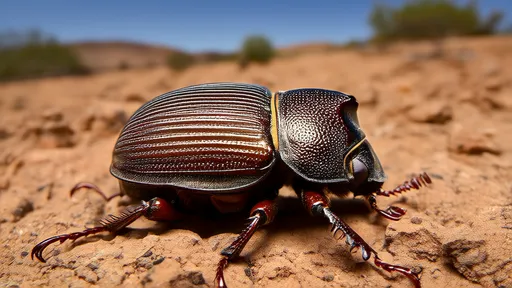
By /Aug 21, 2025
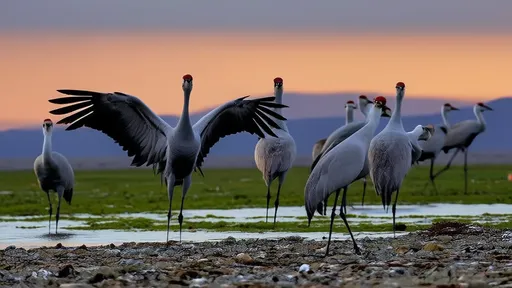
By /Aug 21, 2025
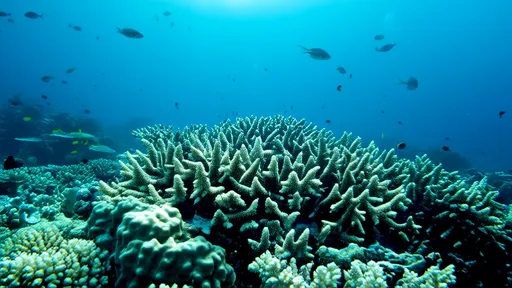
By /Aug 21, 2025
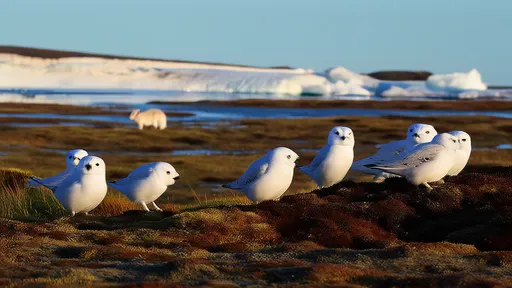
By /Aug 21, 2025
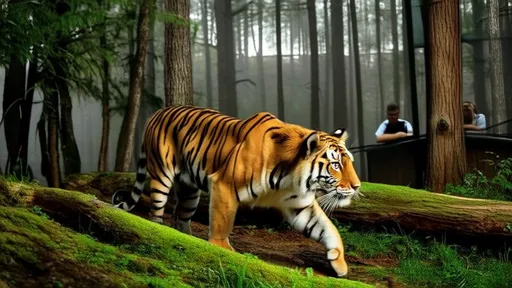
By /Aug 21, 2025

By /Aug 21, 2025
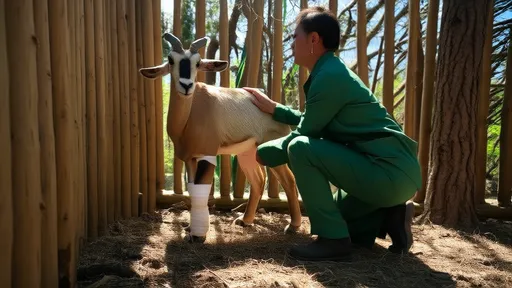
By /Aug 21, 2025

By /Aug 21, 2025
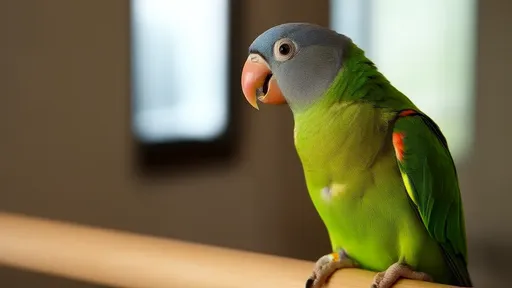
By /Aug 21, 2025
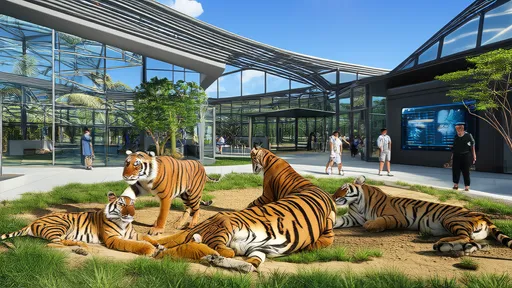
By /Aug 21, 2025
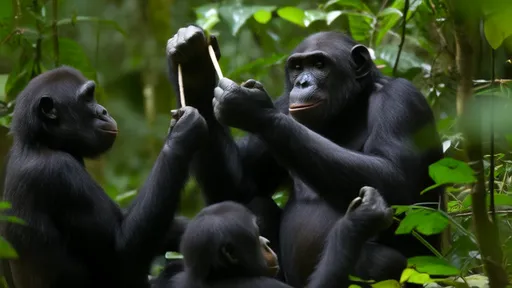
By /Aug 21, 2025
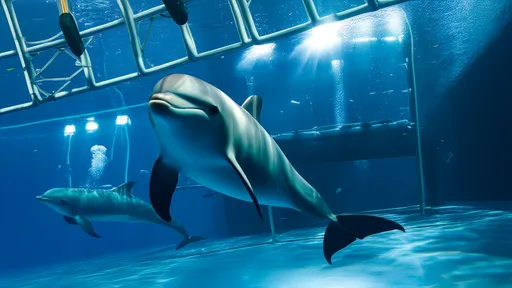
By /Aug 21, 2025
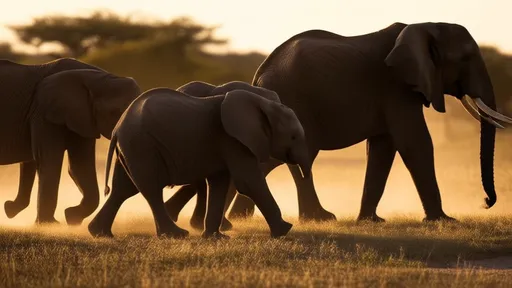
By /Aug 21, 2025
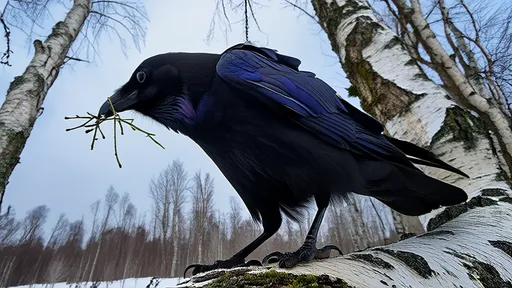
By /Aug 21, 2025